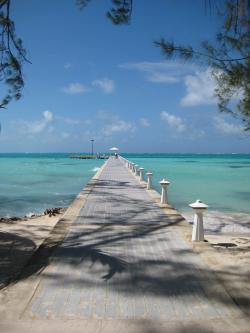jks
About
- Username
- jks
- Joined
- Visits
- 33,975
- Last Active
- Roles
- Member, Administrator, Moderator
- Points
- 442
Reactions
-
TDoA Successes
-
TDoA Successes
-
TDoA UI improvements
It turns out v1.204 is what you need. If you already have v1.203 you won't get v1.204 for another 24 hours. But you can force an update to v1.204 immediately by just restarting the Kiwi. This only… (more) -
TDoA UI improvements
-
Nice article on rtl-sdr.com about Kiwi TDoA
Our friend Carl over at rtl-sdr.com has written another nice article about Kiwi TDoA: https://www.rtl-sdr.com/kiwisdr-tdoa-direction-finding-now-freely-available-for-public-use -
v1.197 adds direct audio recording with .wav file downloading
-
Direction Finding and linking existing KiwiSDRs
-
v1.197 adds direct audio recording with .wav file downloading
-
Direction Finding and linking existing KiwiSDRs
Okay, v1.197 is out. Restart to get it immediately. See the change log file: https://github.com/jks-prv/Beagle_SDR_GPS/blob/master/CHANGE_LOG
Don't forget that you can save yourself a little time by… (more) -
Direction Finding and linking existing KiwiSDRs
The v1.197 update in about 12 hours will have the map fully populated with all Kiwis that have had a GPS solution within the last minute. To my surprise there are slightly over 100 in that category.
… (more)




